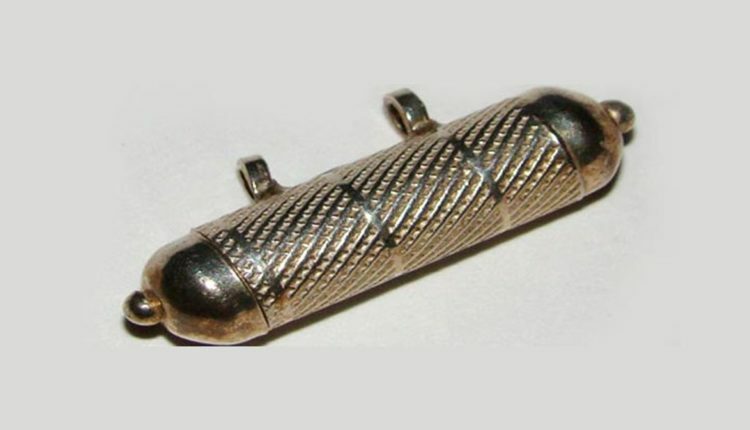Taweez-talismans in the life of the people of Morocco
Morocco is known for its mythical and mystic, Afro-Oriental culture. Islam and Arabic customs have heavily influenced traditional Moroccan culture. Before these Arabic influences, nomads were known as “bedouins”, and they led carefree journeys in Morocco’s vast desert, which stretched for miles. Their uprising orthodox Islamic surroundings have influenced the present-day tribe; however, they still retain their customs from the previous generations.
Muslims worldwide use amulets as a sign of protection and good luck (or in Arabic – taweez), which they believe can achieve wellbeing. In Morocco, the taweez is mainly attributed to ‘The Bedouins, where it is an essential part of their life.
Taweez is small engraved, written or stamped pieces of metal or paper worn to bring a certain kind of blessing. They are used in Morocco for all types of things ranging from health to prosperity, good luck to protection against the evil eye chanting evil spells on you or your family. They protect from destructive energy forces, get lucky, and attract someone you want. Each tweet focuses on healing a specific illness or condition. Taweez is often copied from a text or written on paper and hung around the arm or neck.
They are traditionally made in Morocco with Arabic letters, but many have been copied. In addition to Islamic taweez, Christians use them in their way but with Christian symbols. Women will also use them to protect themselves against the evil eye or to cure infertility. The taweez is an object that has been used in Islam, Judaism, Christianity and paganism. It contains verses of the Quran or hadith in Arabic letters. Locals believe that taweez-talismans are efficient in making small and big decisions in life.
Locals say that they place taweez-talismans on their homes, amulets on their necks and different sacred symbols to keep Jinns away, avoid bad fate, get lucky and get someone they have feelings for to fall in love with them.
A taweez talisman is not necessarily only a decoration or jewellery worn on clothes like necklaces and bracelets; it is more like a card that should not be exposed and contained in boxes like wallets, bags, and lockers, and so forth to give luck. As for taweez-talismans for protection of the Berber tribe, they are pieces similar to amulets which are mounted to objects that need protection against harm or bad energy, such as doors of homes or cars. The Berber tribe has always used these small pieces of metal to protect them against the supernatural.
Throughout generations, many Moroccan families take taweez-talismans with them on their various journeys. They are popular because they are deemed to be very useful in successful endeavours. They can calm and loosen every nerve. By wearing them, a person will feel more confident and mentally strong.
The taweez market is present throughout the country as you go through Sahara, passing through mountain areas, regions of Atlas and savanna on your way back. Moroccan people believe that this market contains all manners of mystical reliefs: amulets, taweez connected with specific verses and prayer formulas only known by spiritual advisors, rosaries and black beads in odd shapes, amulets for protection and good luck, amulets to ward off an enemy’s evil eye, etc.
In Morocco, these talismans are worn by people from all social backgrounds. Whether you live in the city or the desert, every person deals with deceitful natures and challenging conditions of this world. So someone needs to be looking out for them!
The significance and role of taweez in Arab culture cannot be overemphasized. Although there are practices that are strange and perhaps even incomprehensible to some onlookers, there is no denying their power- to produce good wherever they go and rid an individual or a society of its evils.
Read Also: Go on a Picnic Basket When You Getaway in Florida

